“Isn’t it small?” That’s Ian Callum’s surprising first observation about his Jaguar Mark 2. “It looks smaller than the original,” he goes on, “because it’s lost the chrome and the bumpers.”
You have to agree. Those of us old enough to remember a Jaguar Mark 2 as a reasonably everyday sight think of it as a big car, as befits its hefty straight six engine and directors’ car park habitat. But not today, when even a Vauxhall Astra takes several seconds to walk past.
The visual shrinking of something already compact is an unintended consequence of Jaguar design chief Callum’s latest project, coincidentally revealed to the world at the same time as the new XE, its closest modern equivalent.
As well as latest, it’s in a way also his oldest; Callum has been mentally reimagining Mark 2s since he was a boy. Now, half a century later, he has crystallised those thoughts with the help of the Classic Motor Company of Bridgnorth, Shropshire, diligent and long-established restorer of interesting old Jaguars.
“When I was a kid, I wanted the Mark 2 to look like this,” Callum explains. “Those Mini and Escort racers with no bumpers looked great – so clean and pure. Why not the Jaguar? Actually, it was because there was nothing under the bumpers. It took a long time to come up with this design, with brake ducts like a racing car’s. It’s functional, matter-of-fact.” And controversial? “Not everyone likes it, but hey, it’s my car. And the design is non-negotiable for the later cars.”
Later cars? What started out as Callum’s one-off realisation of a long-mulled-over idea has grown into a plan to make 11 more examples of the ‘Mark 2 by Callum’, all dechromed apart from details such as the grille (now with a modern Jaguar badge) and door handles (remade to accommodate the absence of a chrome flanking strip). “Several people have shown interest,” reports CMC’s Nick Goldthorp. “But no deposits yet.” The likely £300,000 price could be a factor, but that’s what it costs to re-engineer a car as thoroughly as this.
Today is the first time Callum has had a proper drive in his new toy – which, incidentally, is entirely his own concept and nothing to do with today’s Jaguar company. We’re driving from Jaguar’s design and engineering centre at Whitley, Coventry, towards Kenilworth and Ian’s house.
First thoughts? “It’s great being able to see out of the windows,” he says. “There’s a lesson for modern cars here. I love this steering wheel; I wondered about going half an inch smaller, but it’s just right. And now this sat-nav is telling me I’m speeding and I don’t know how to turn it off…”

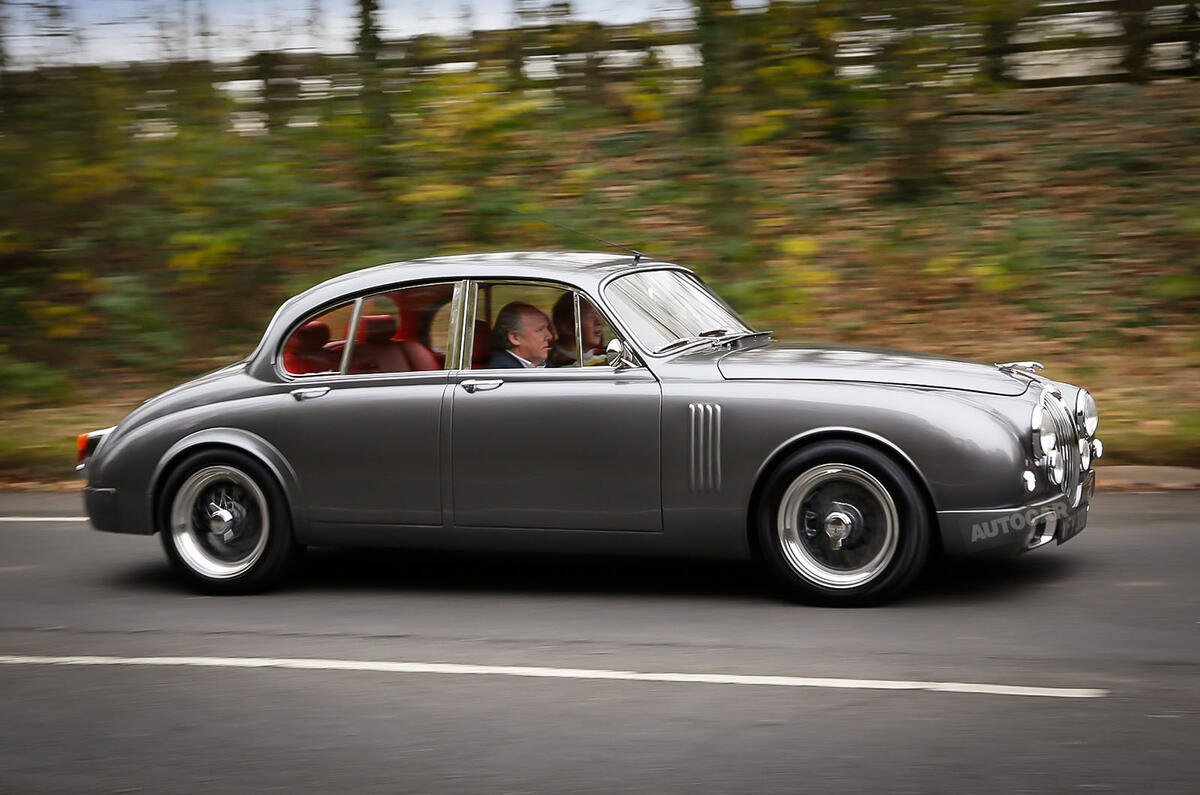
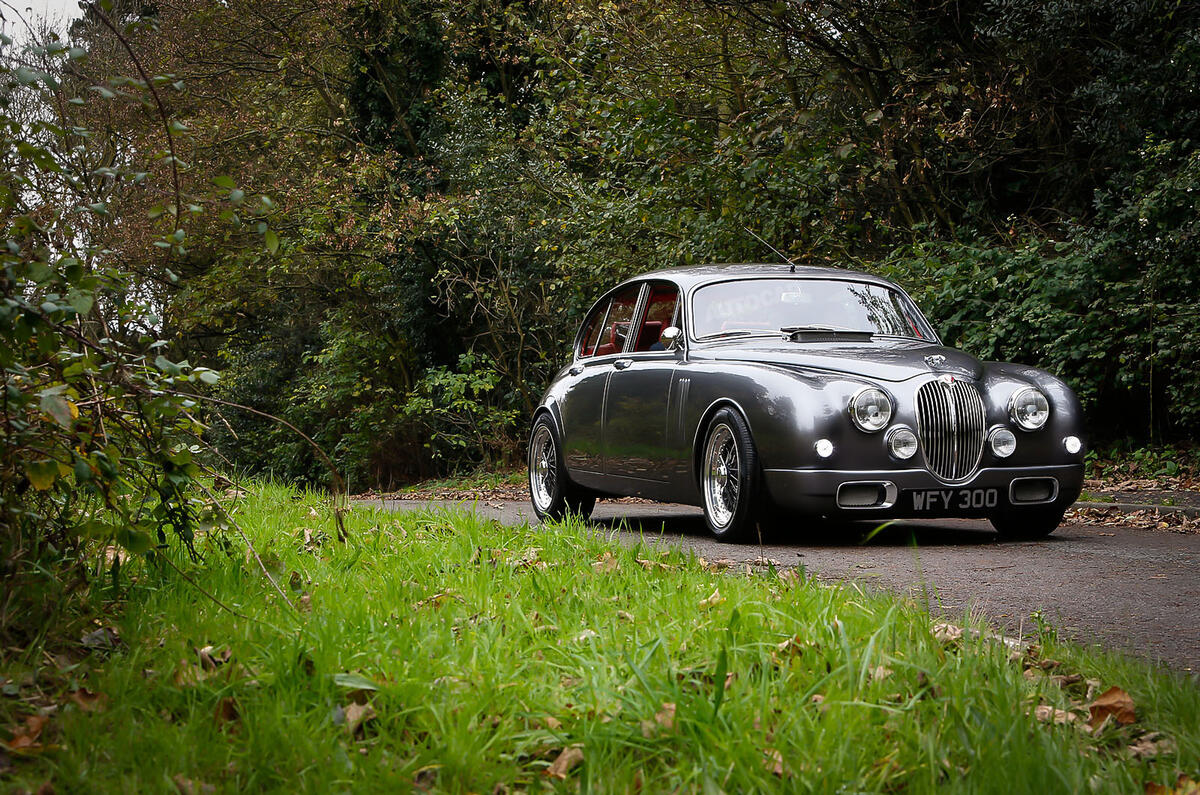
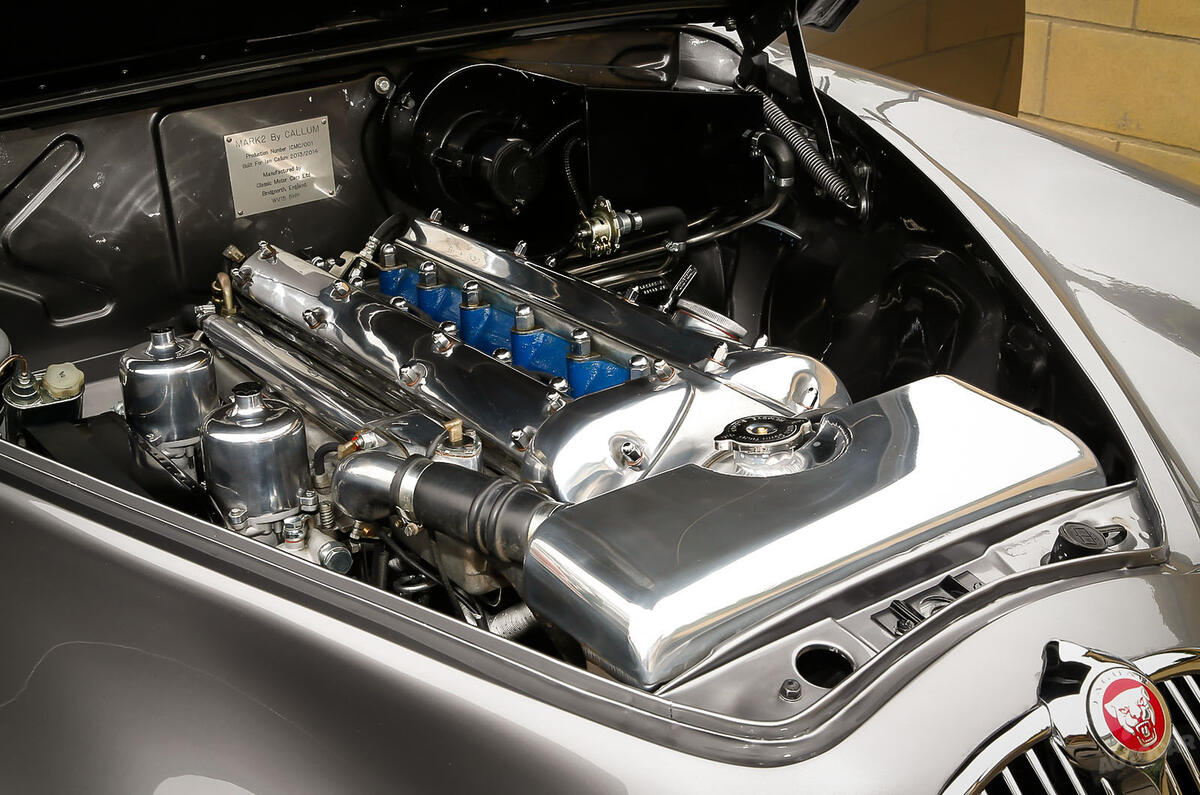

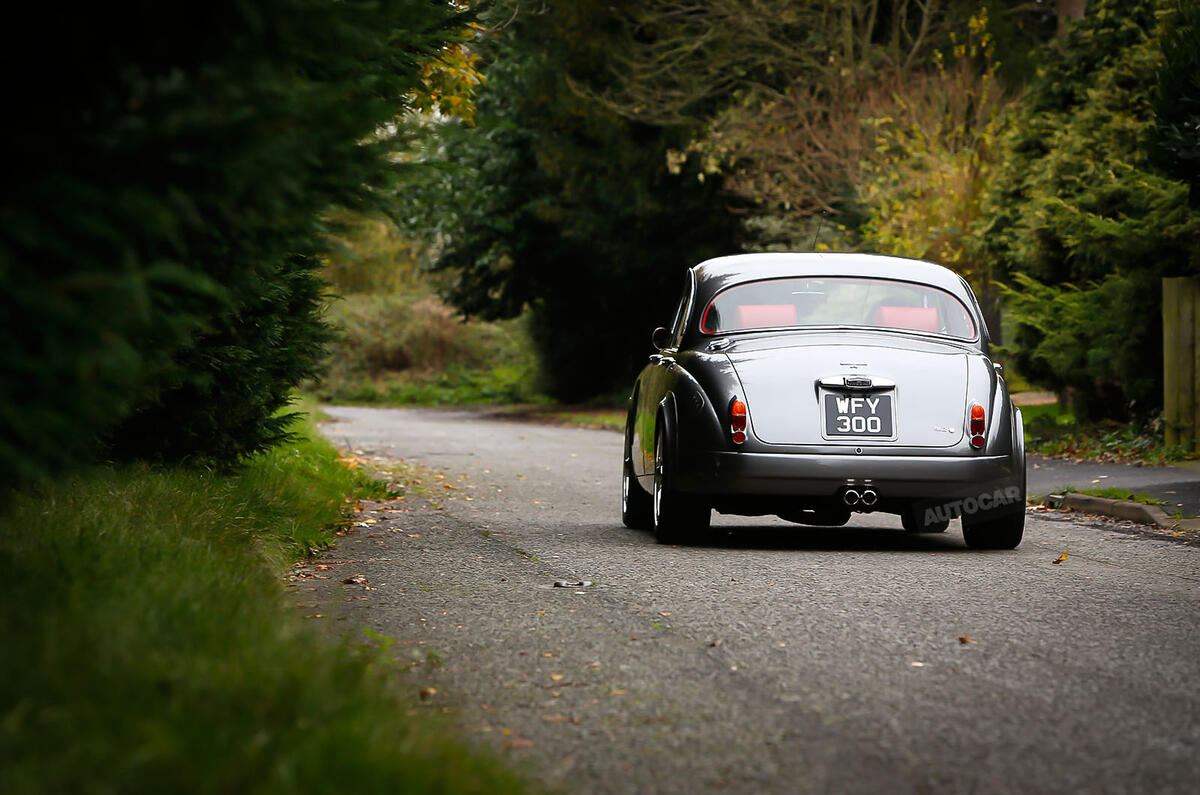
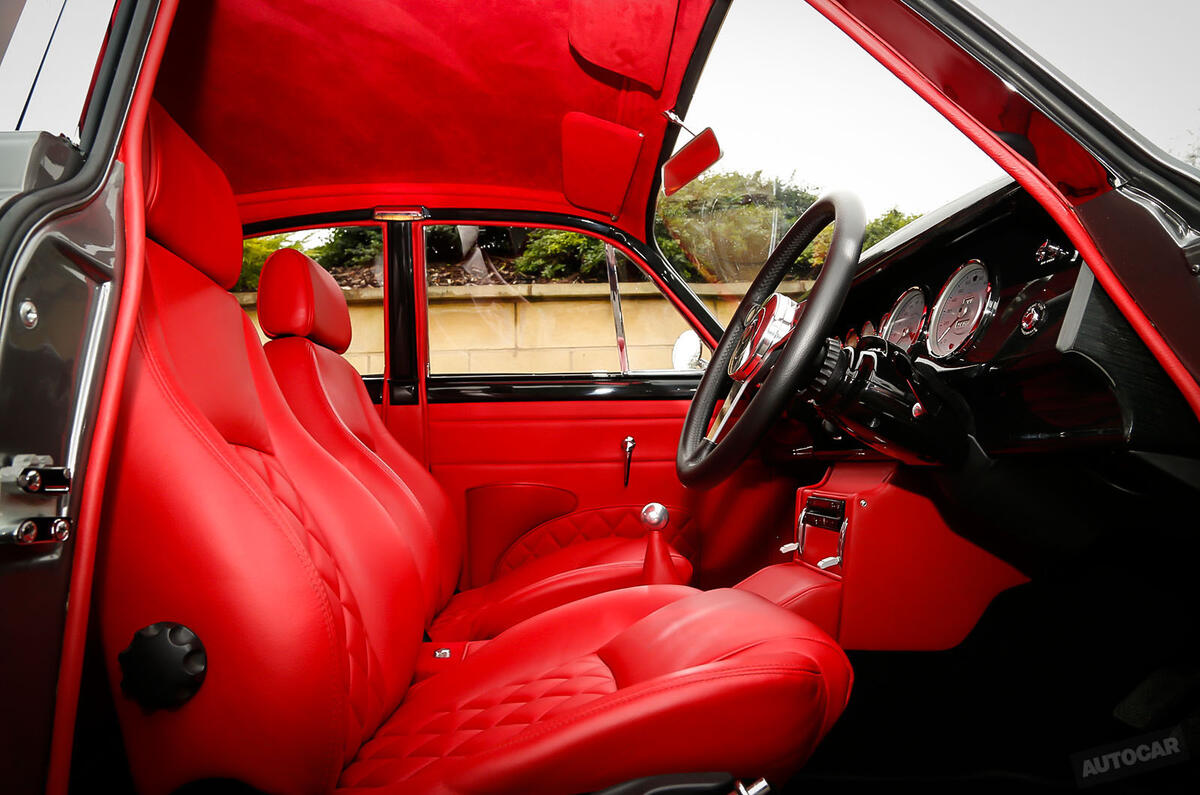
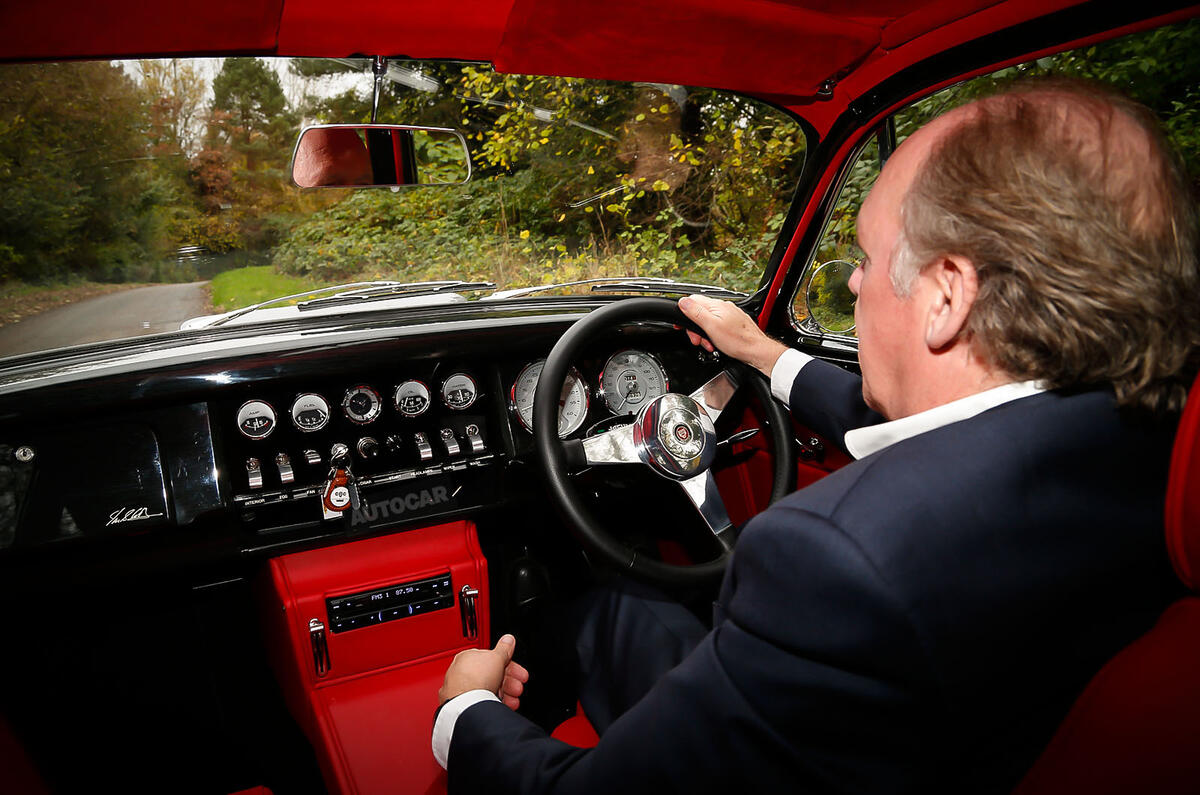
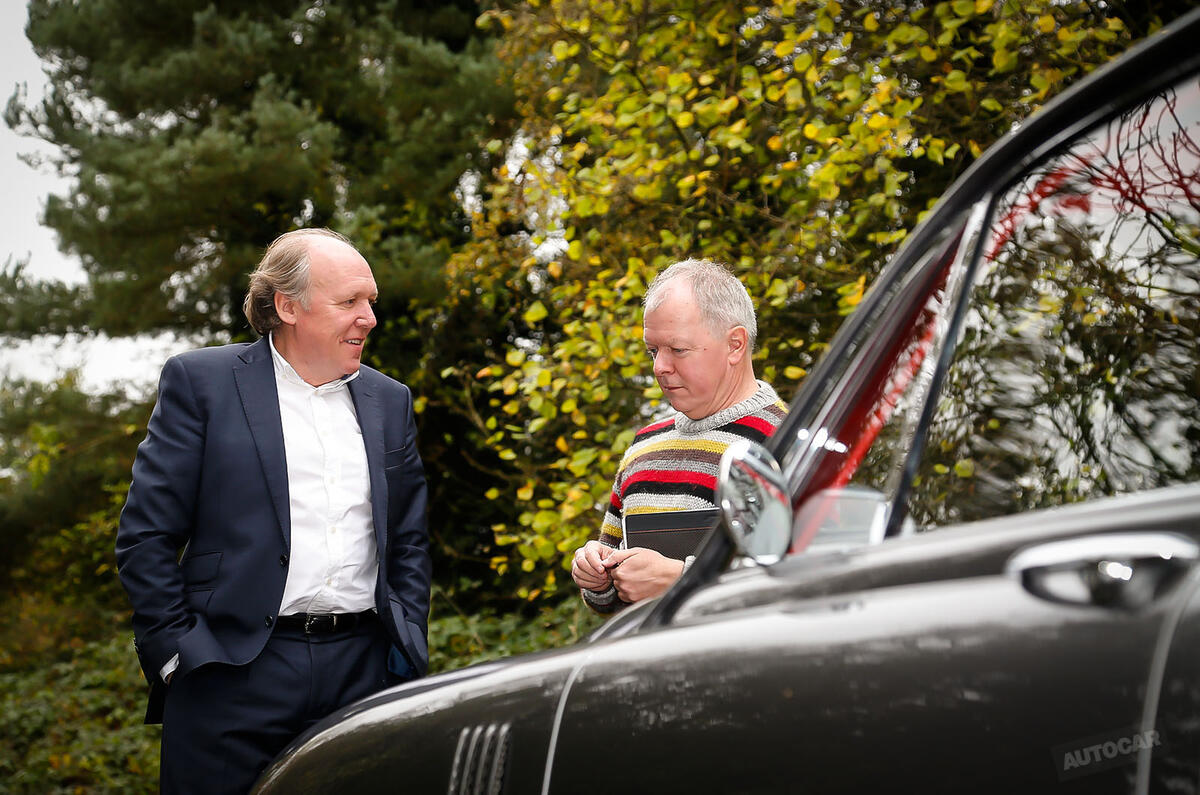
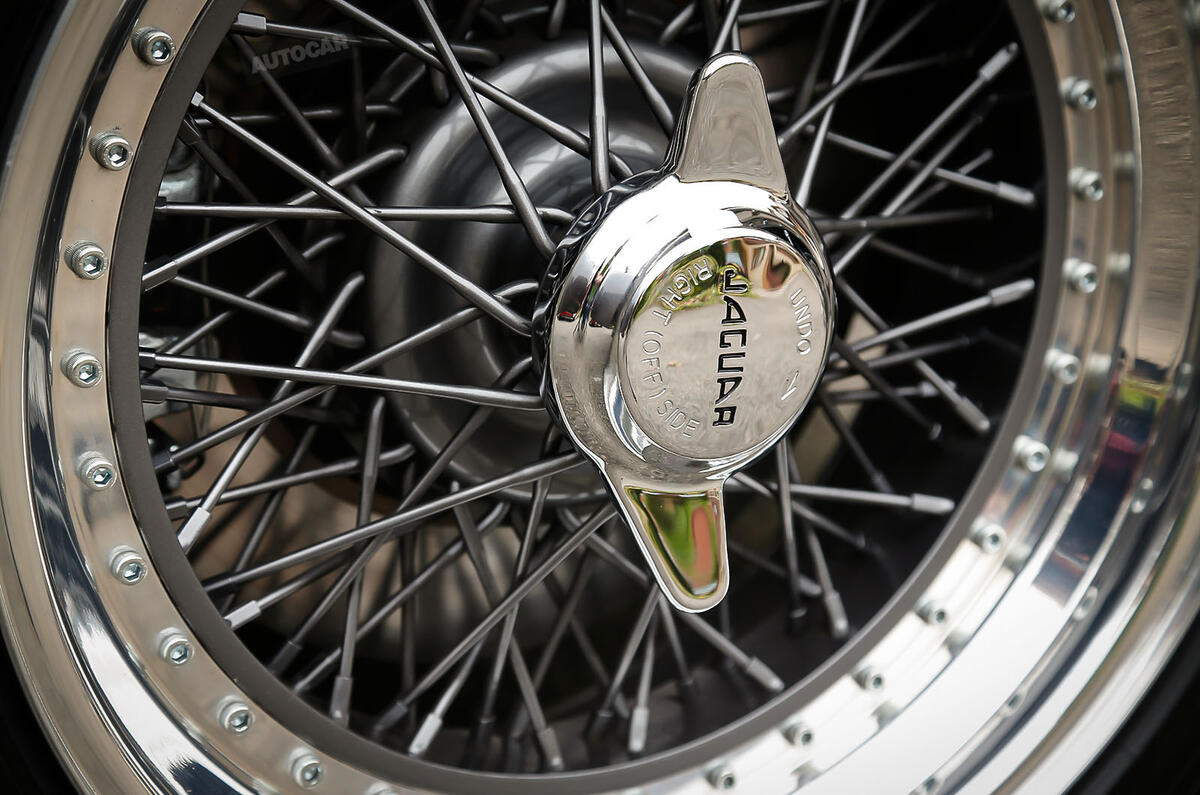

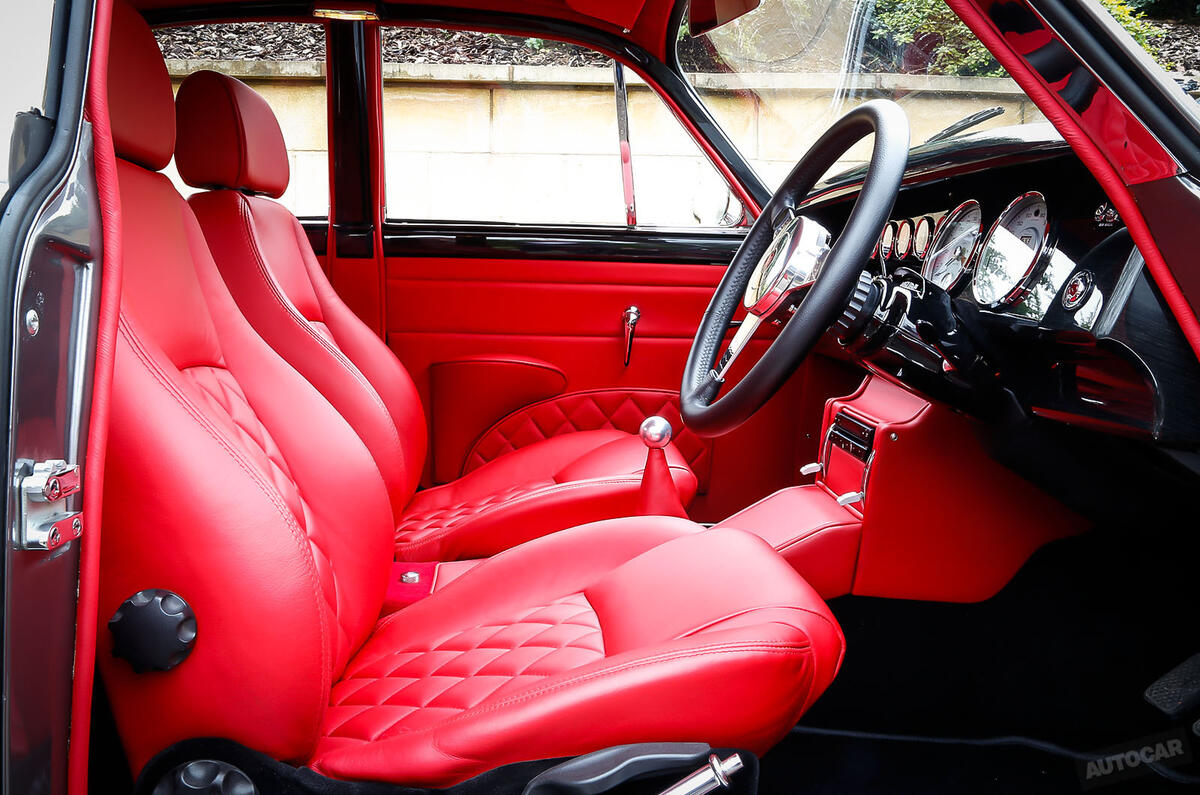
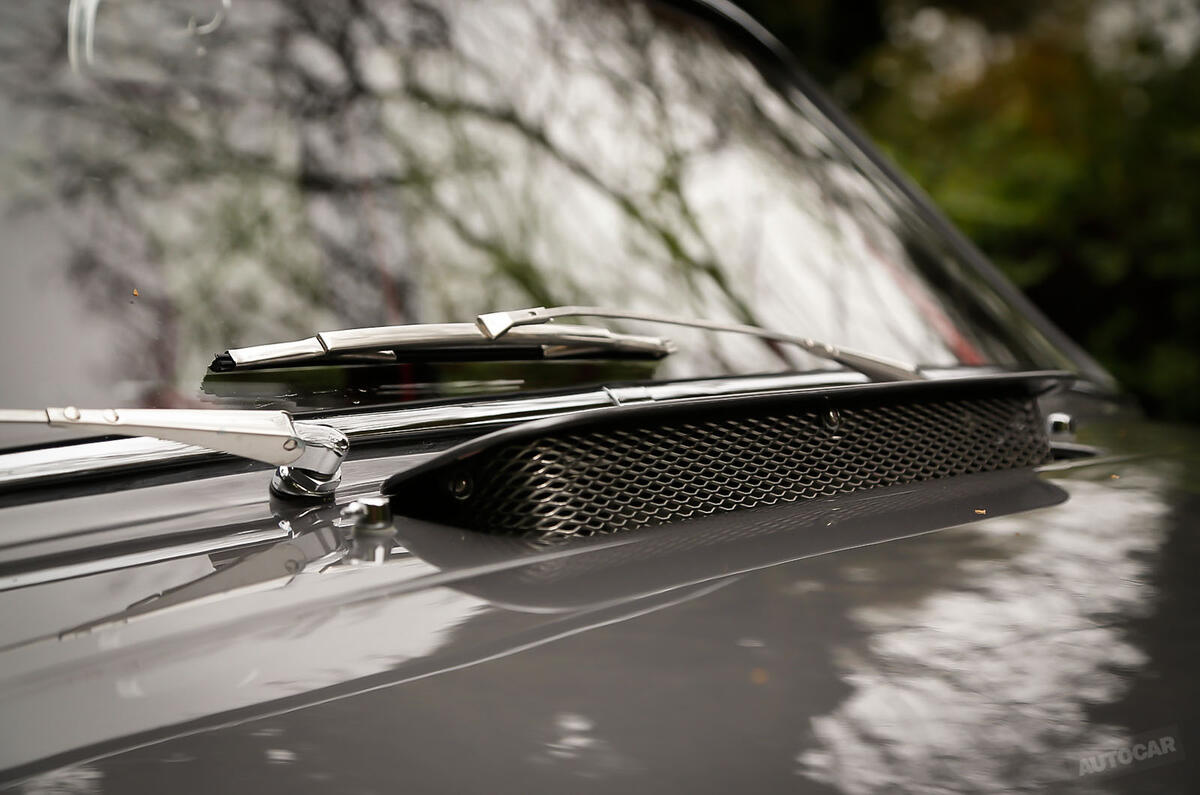
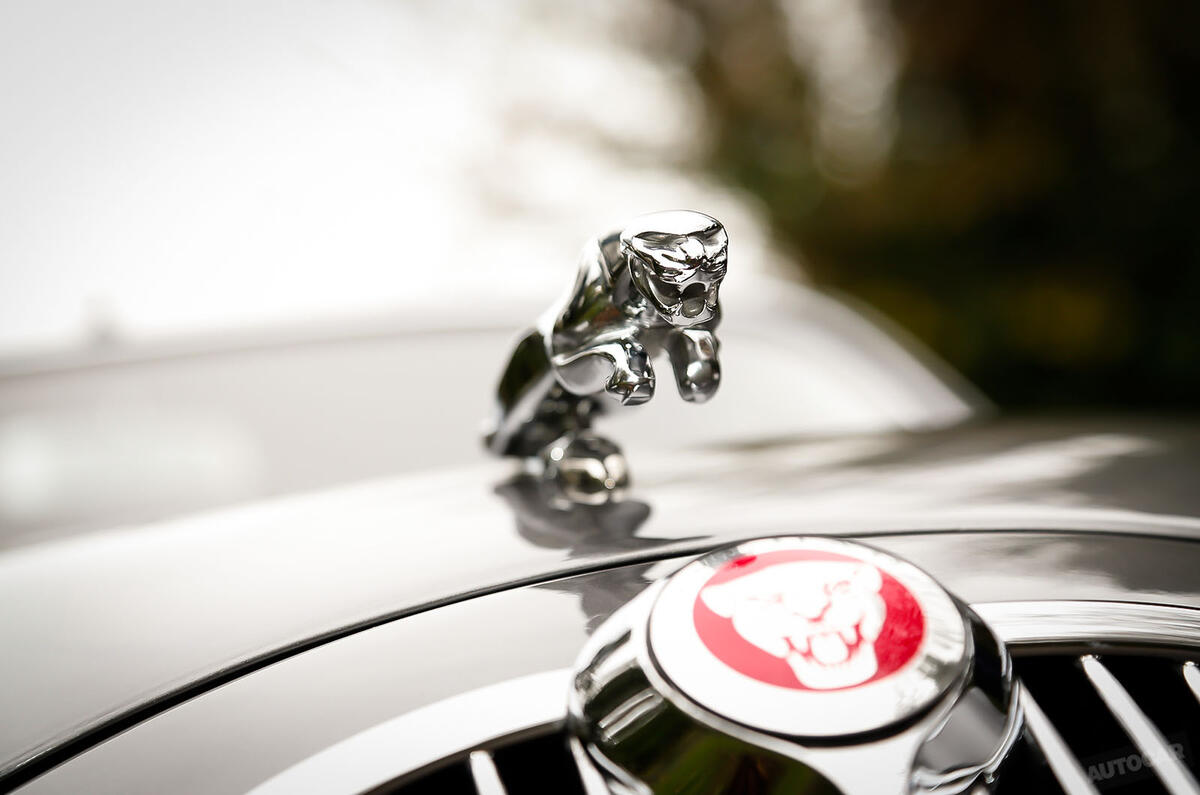
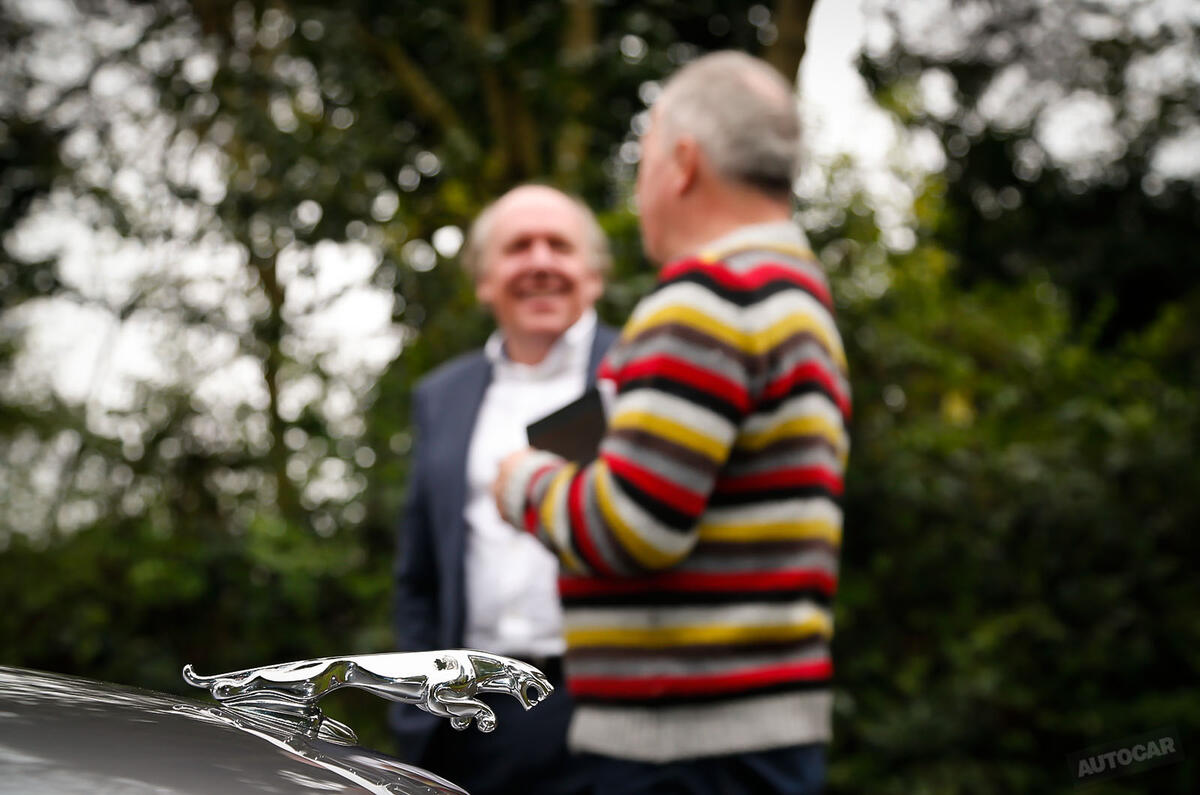
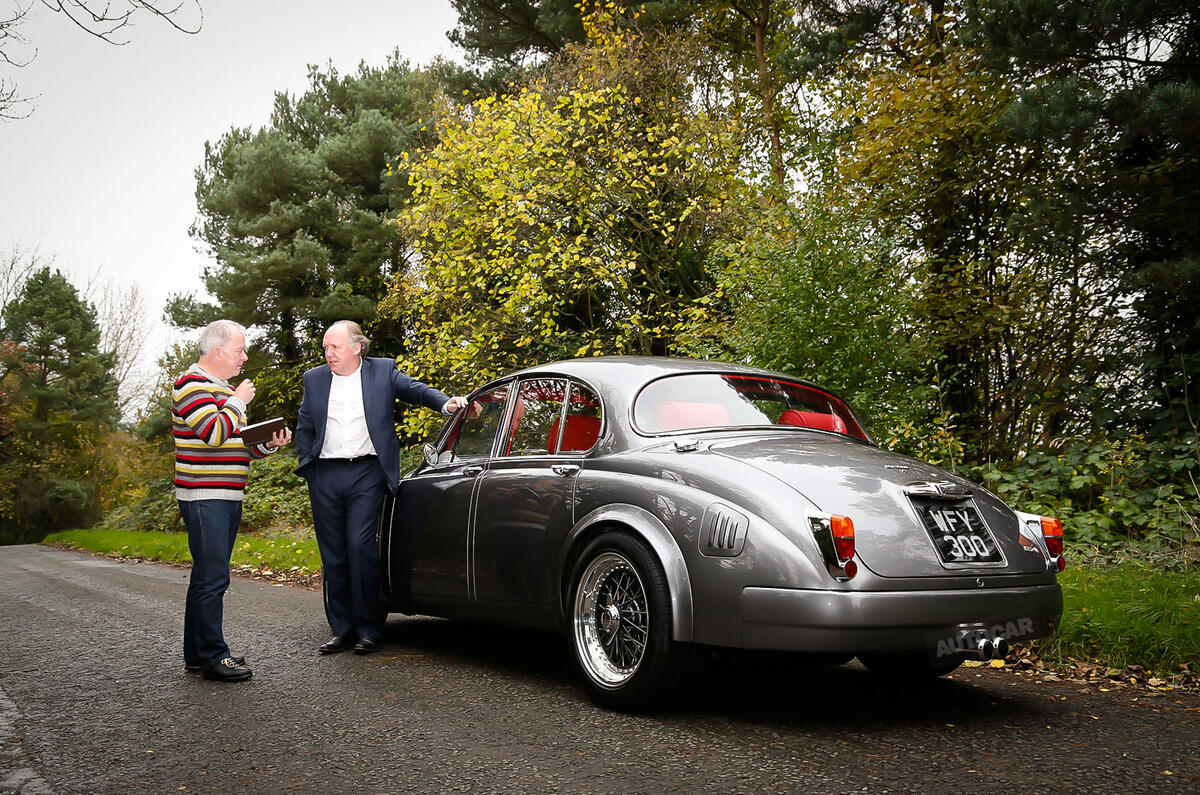

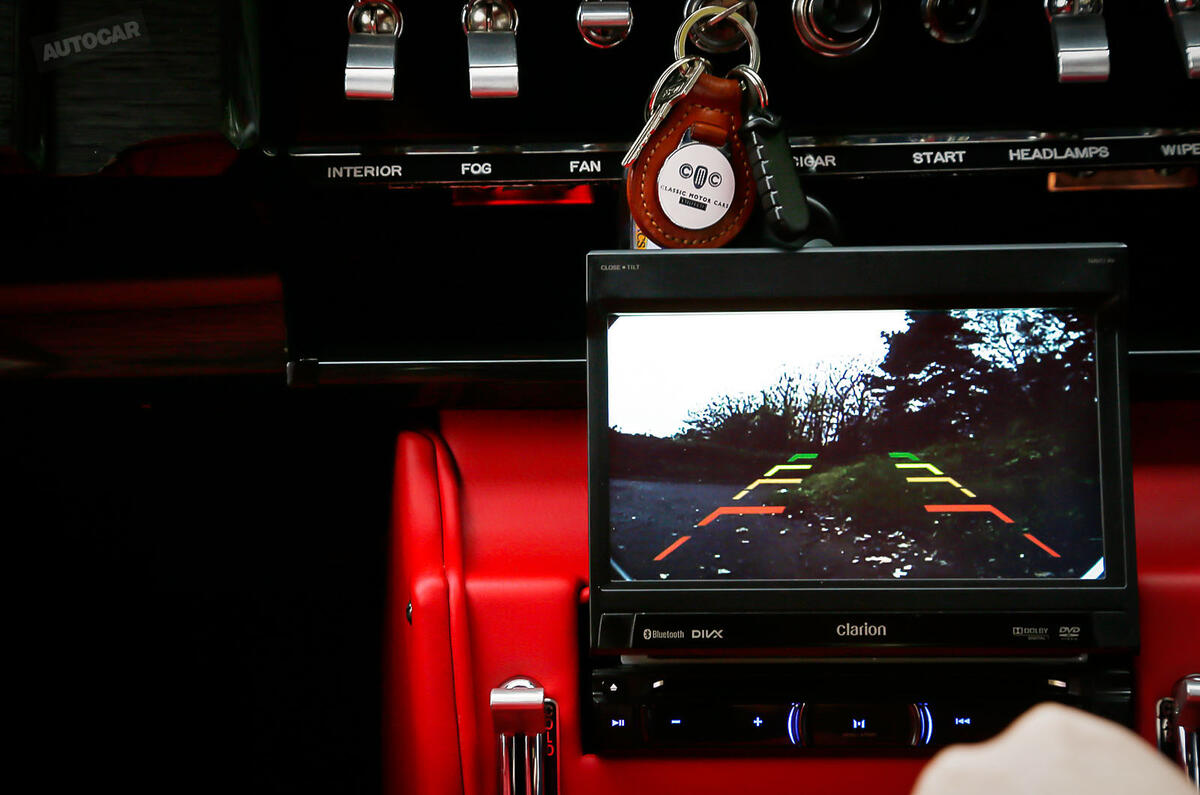
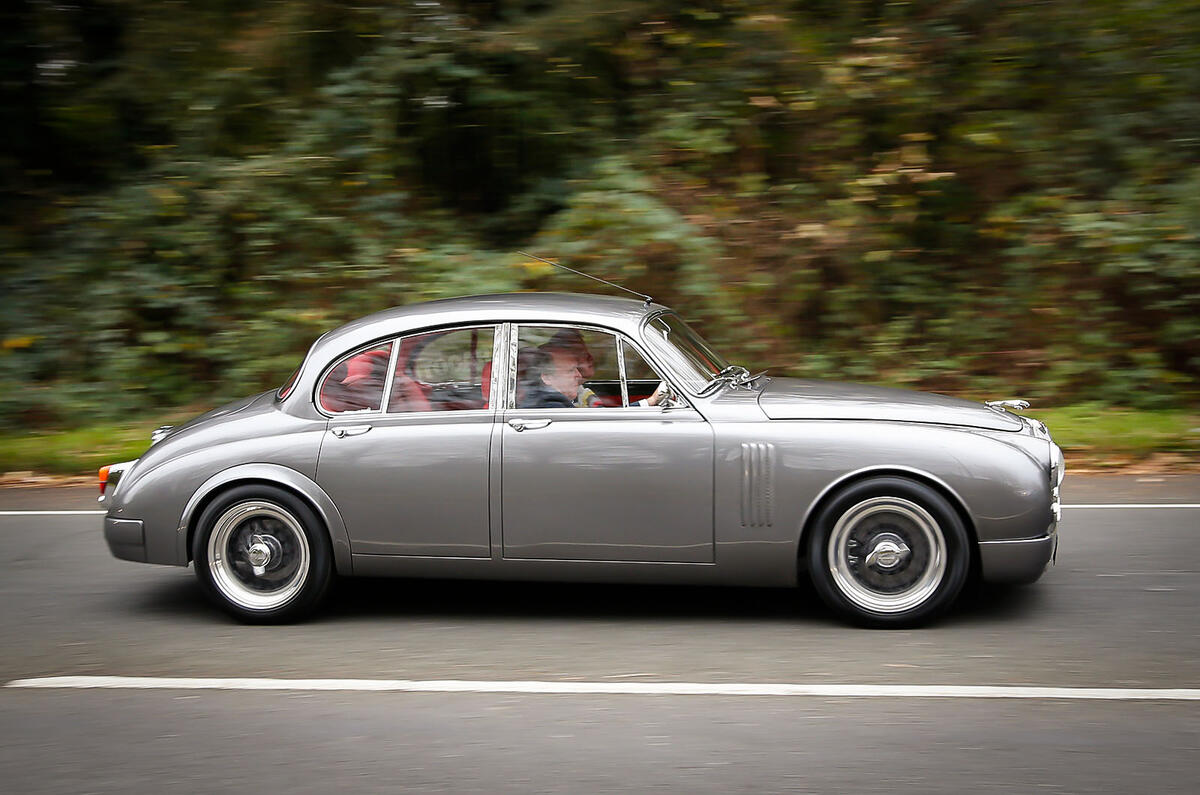
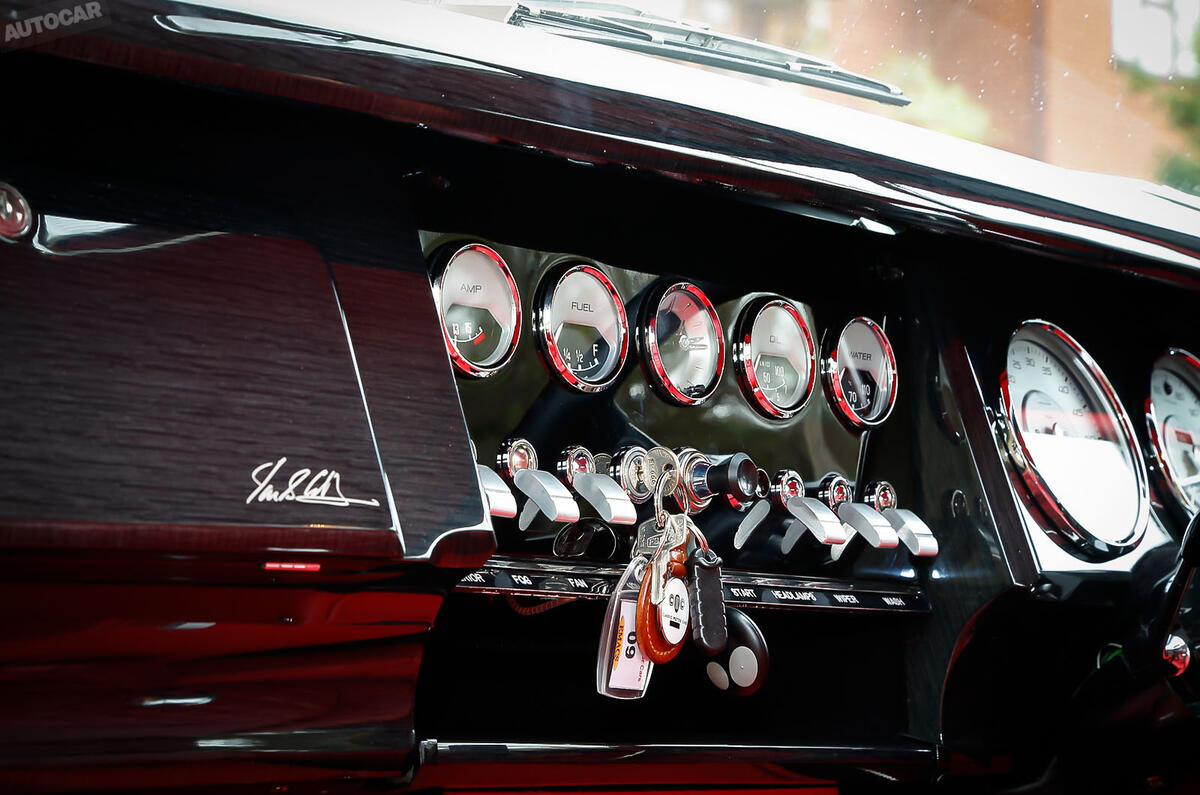
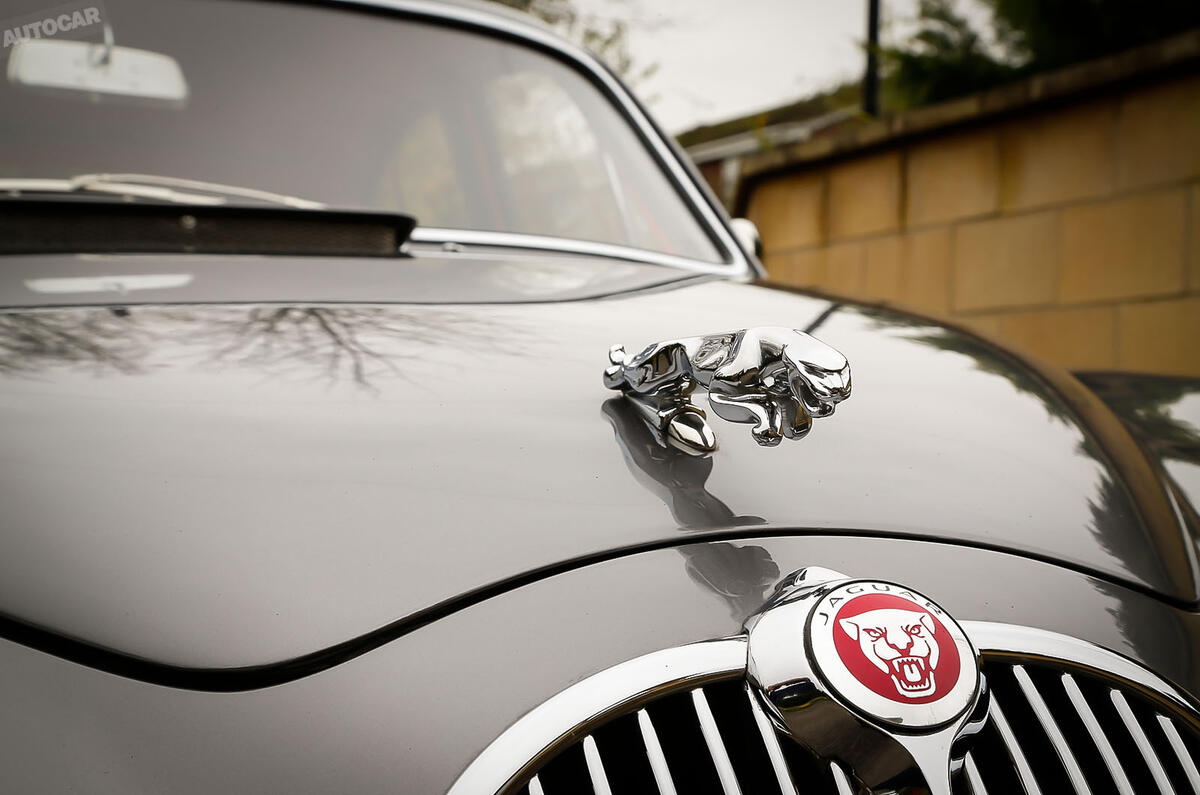
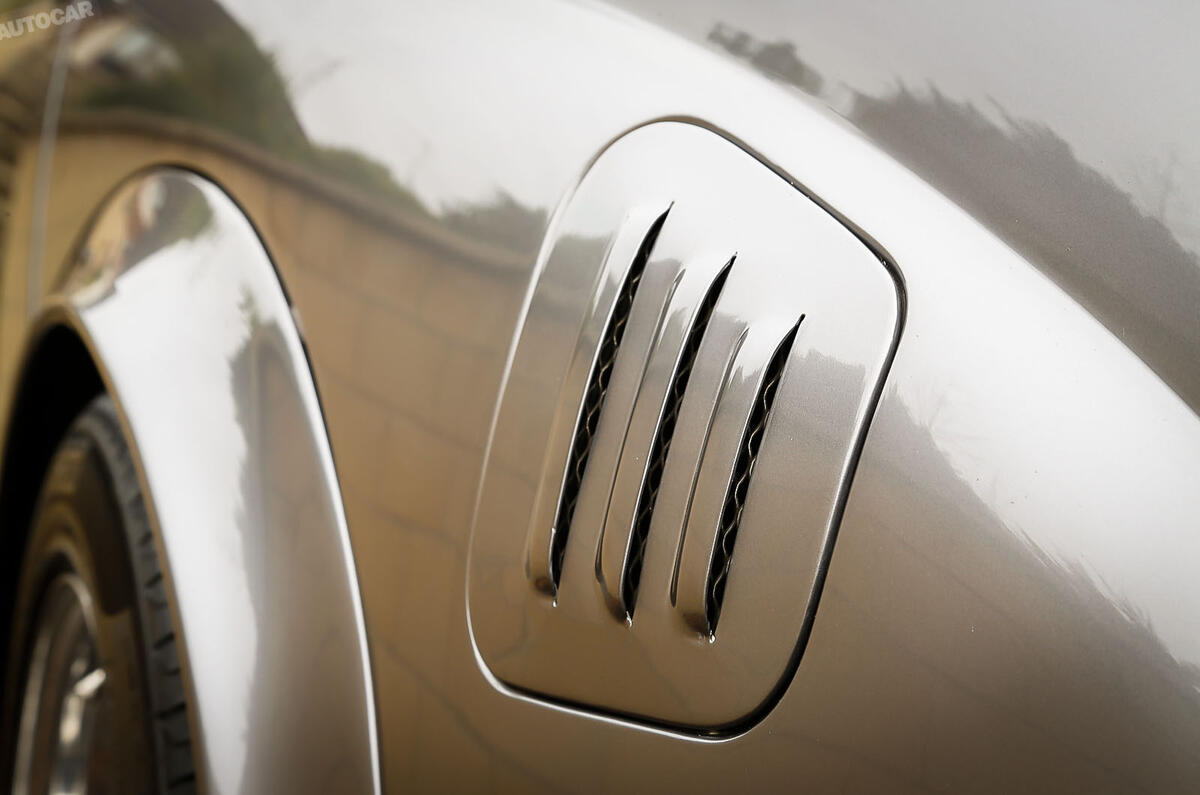
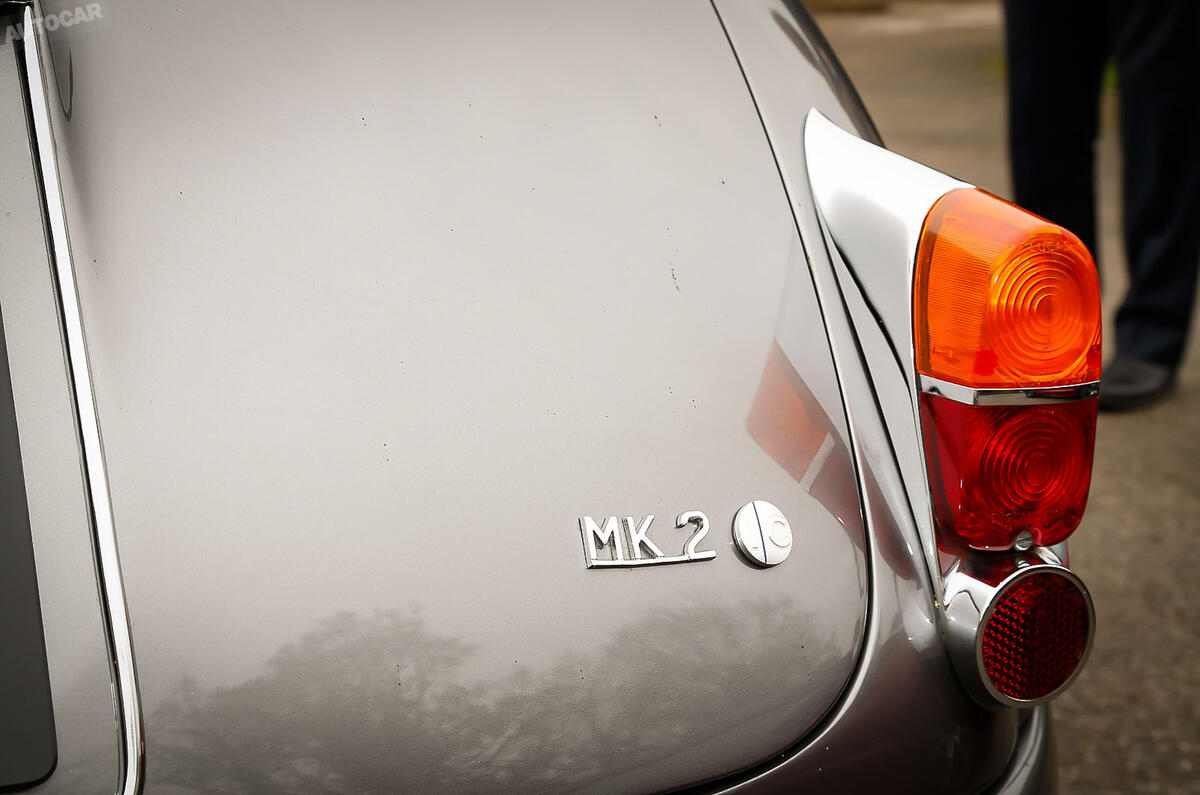
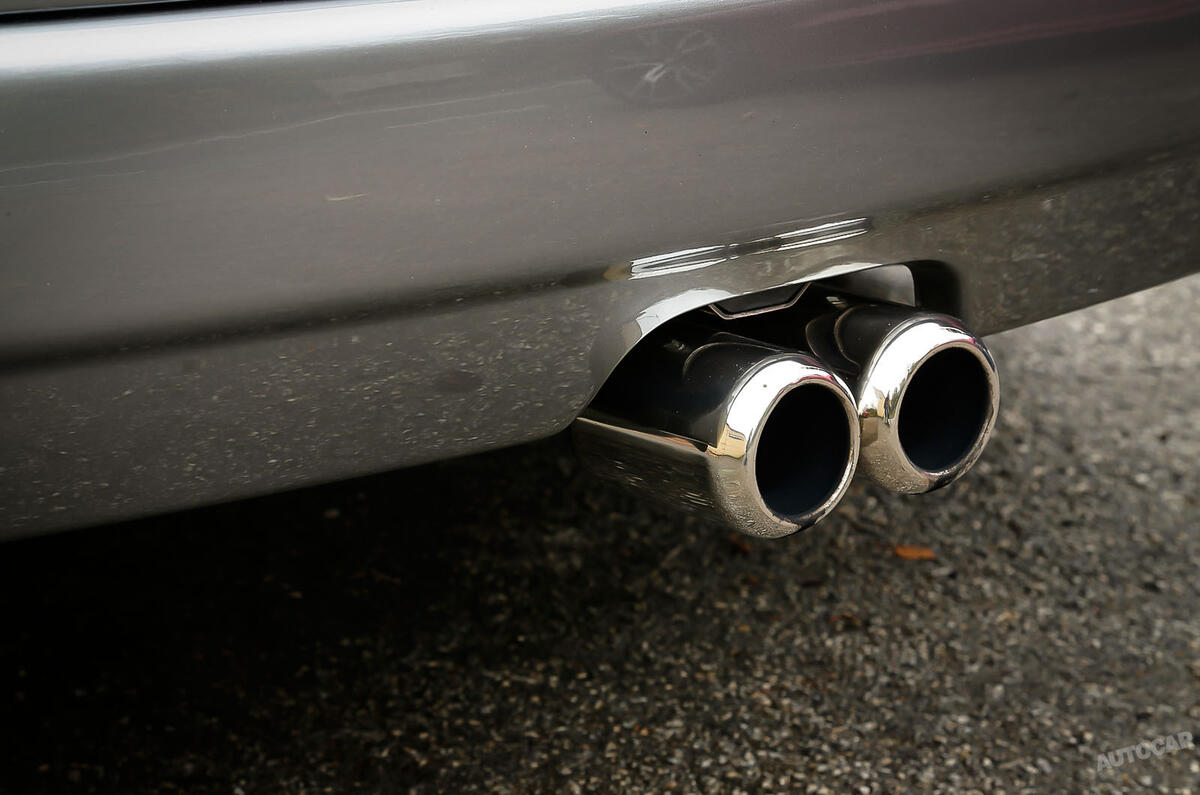
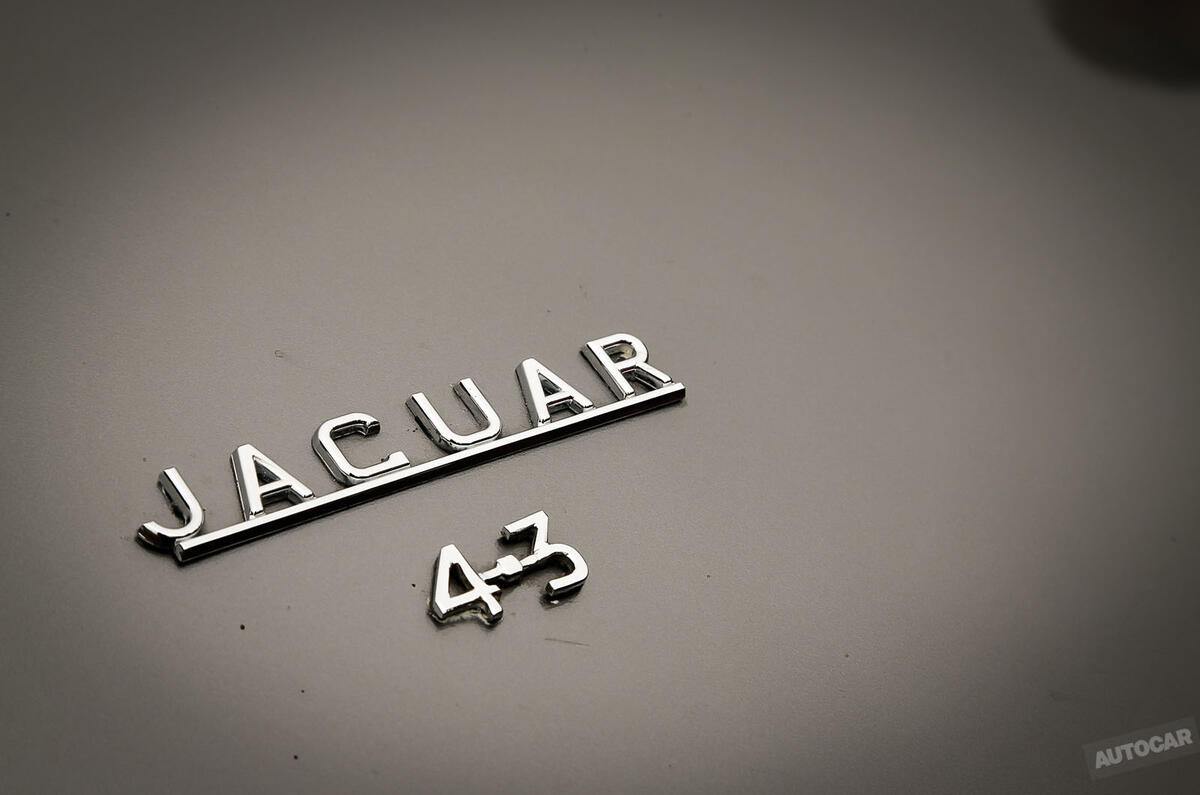
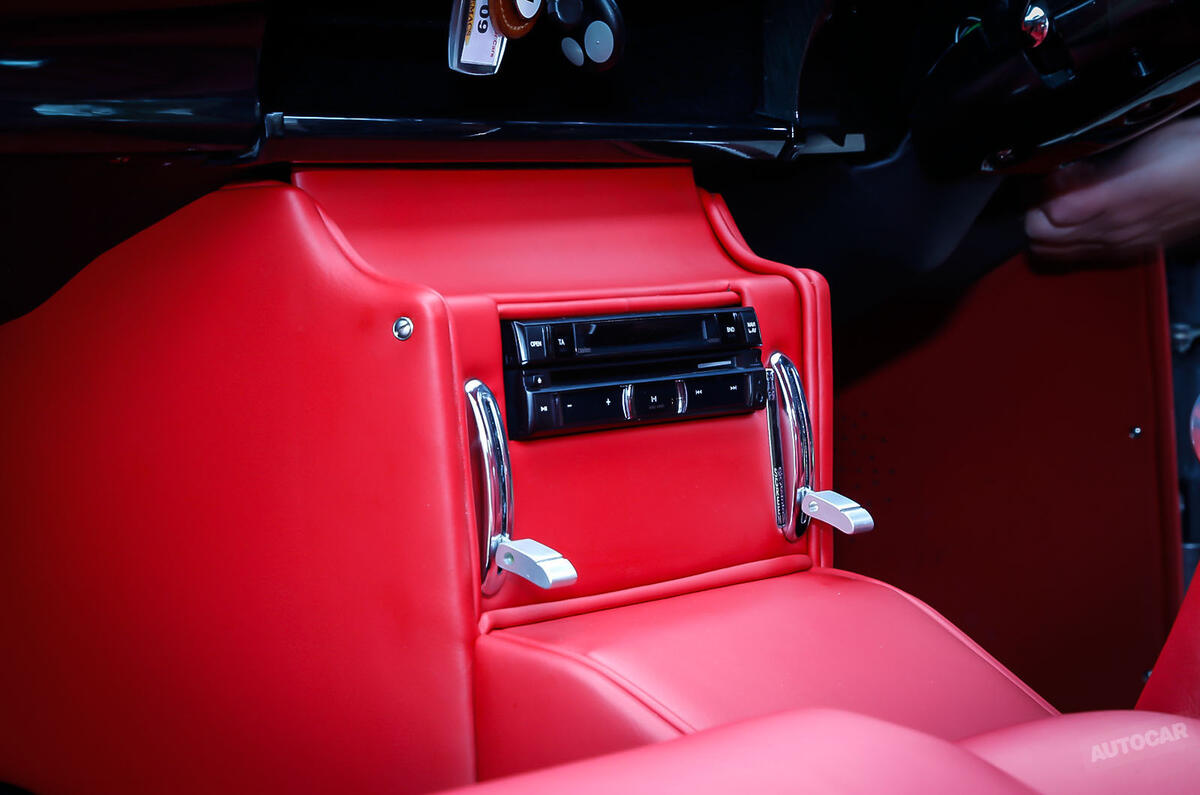
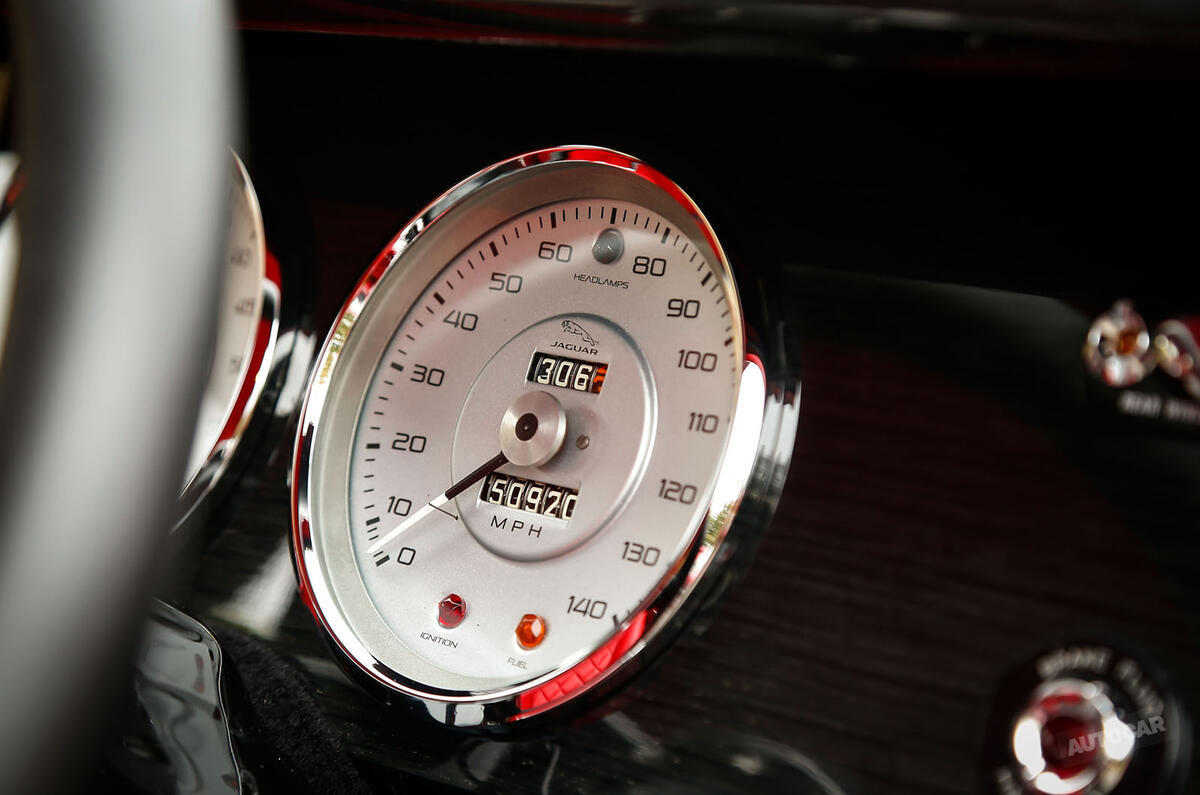
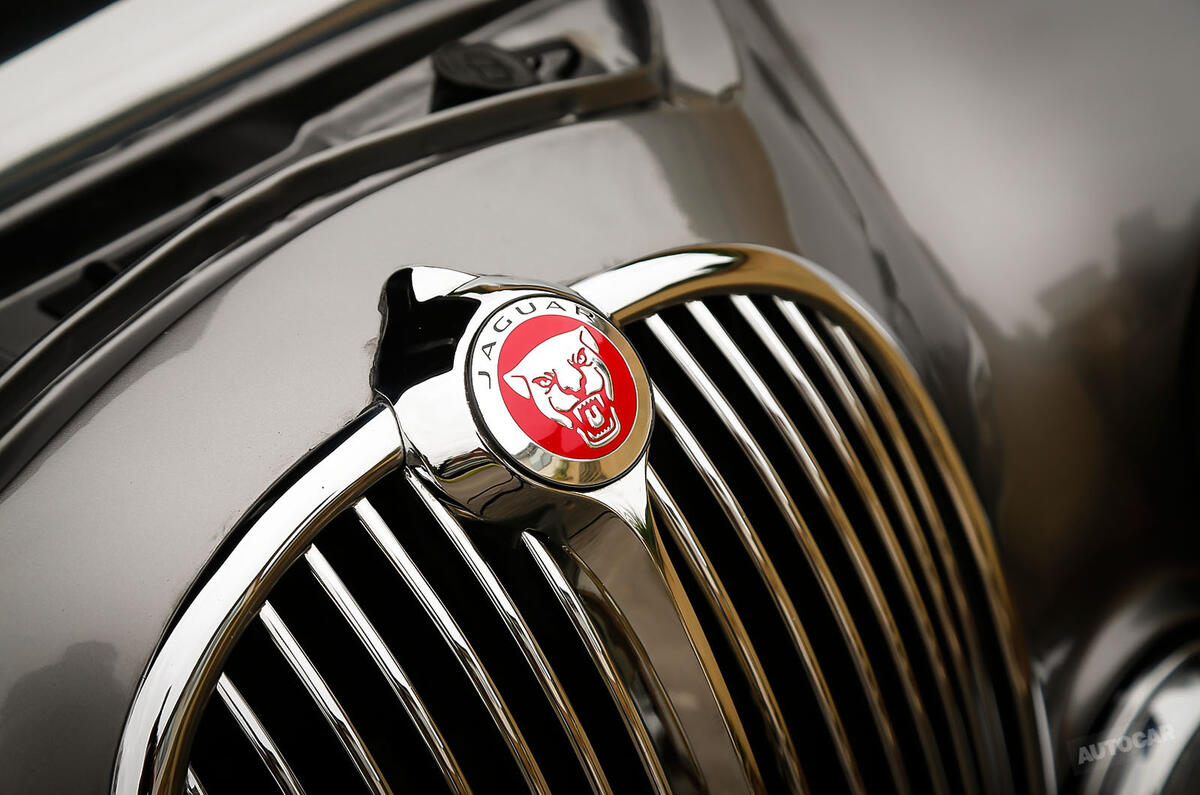
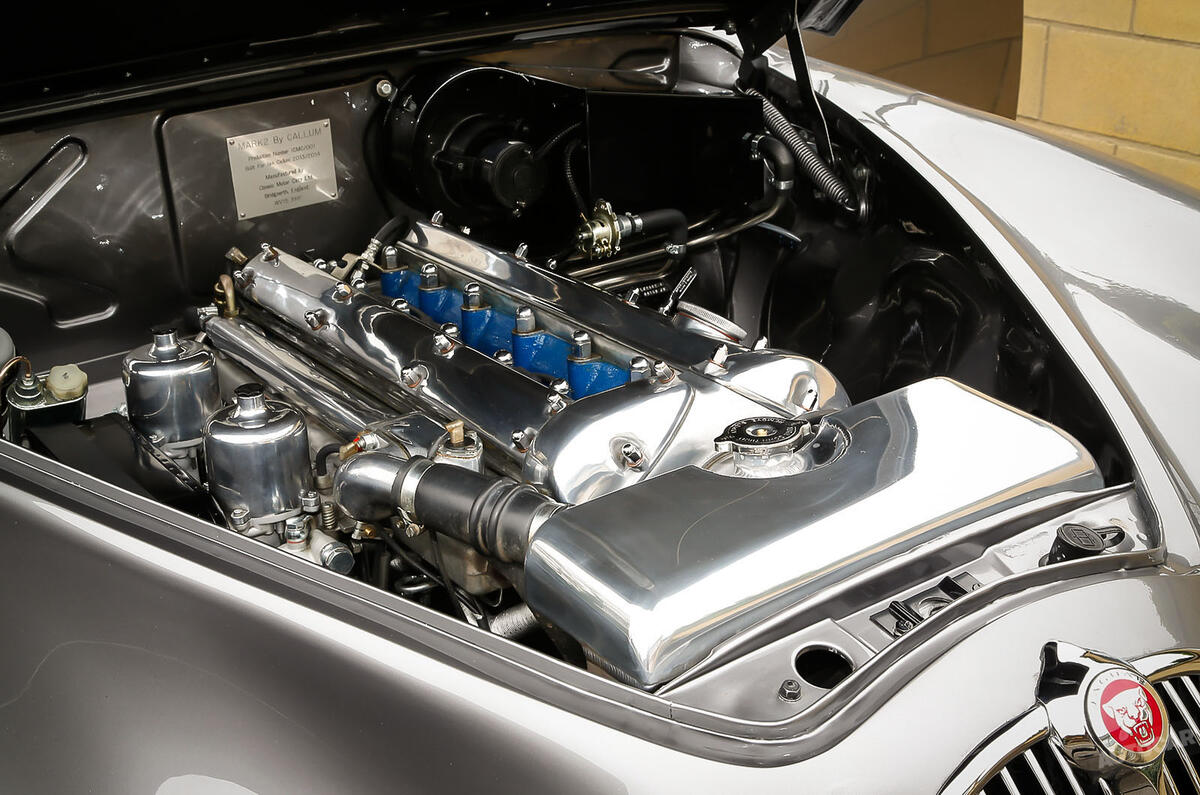
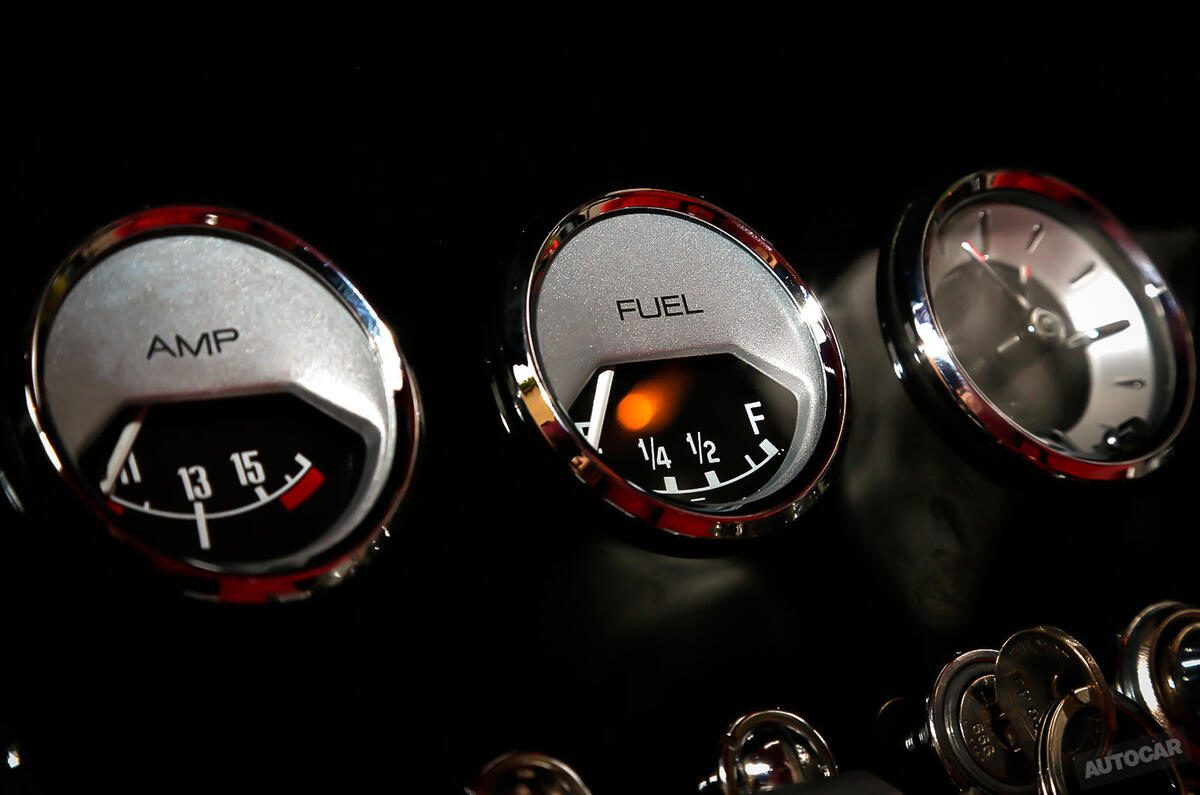
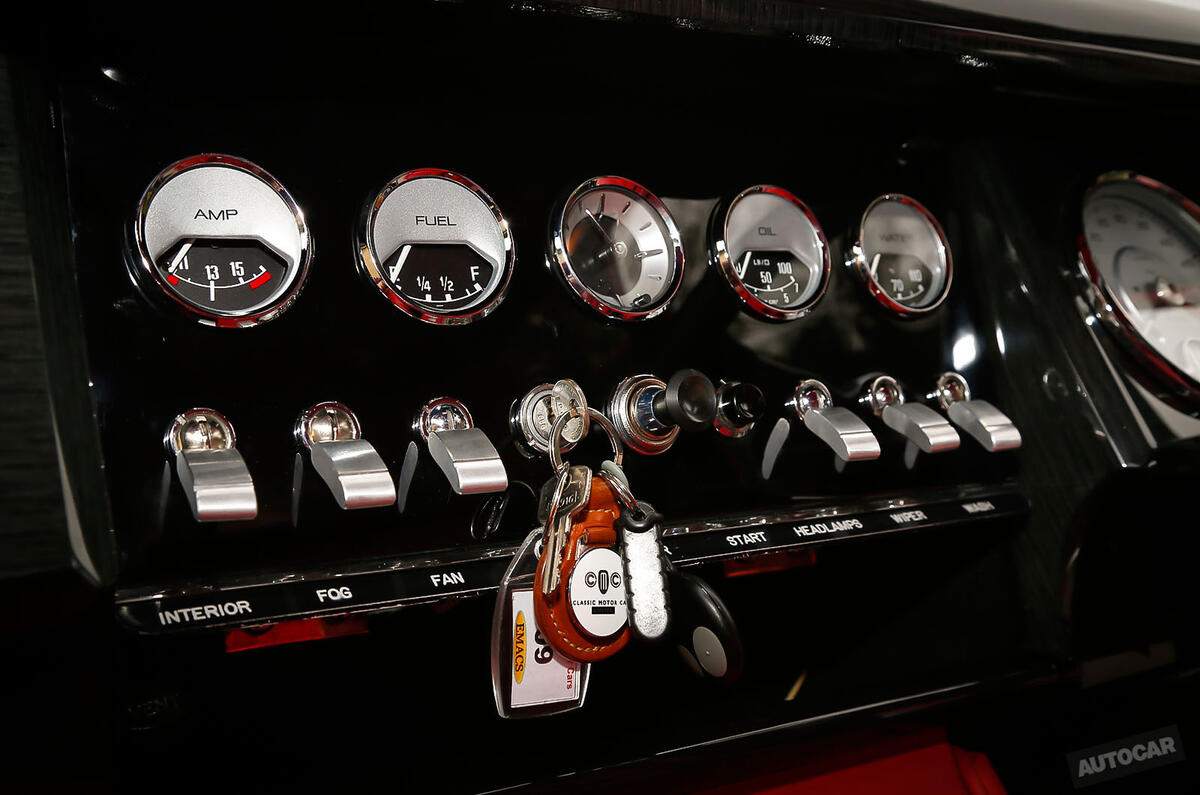
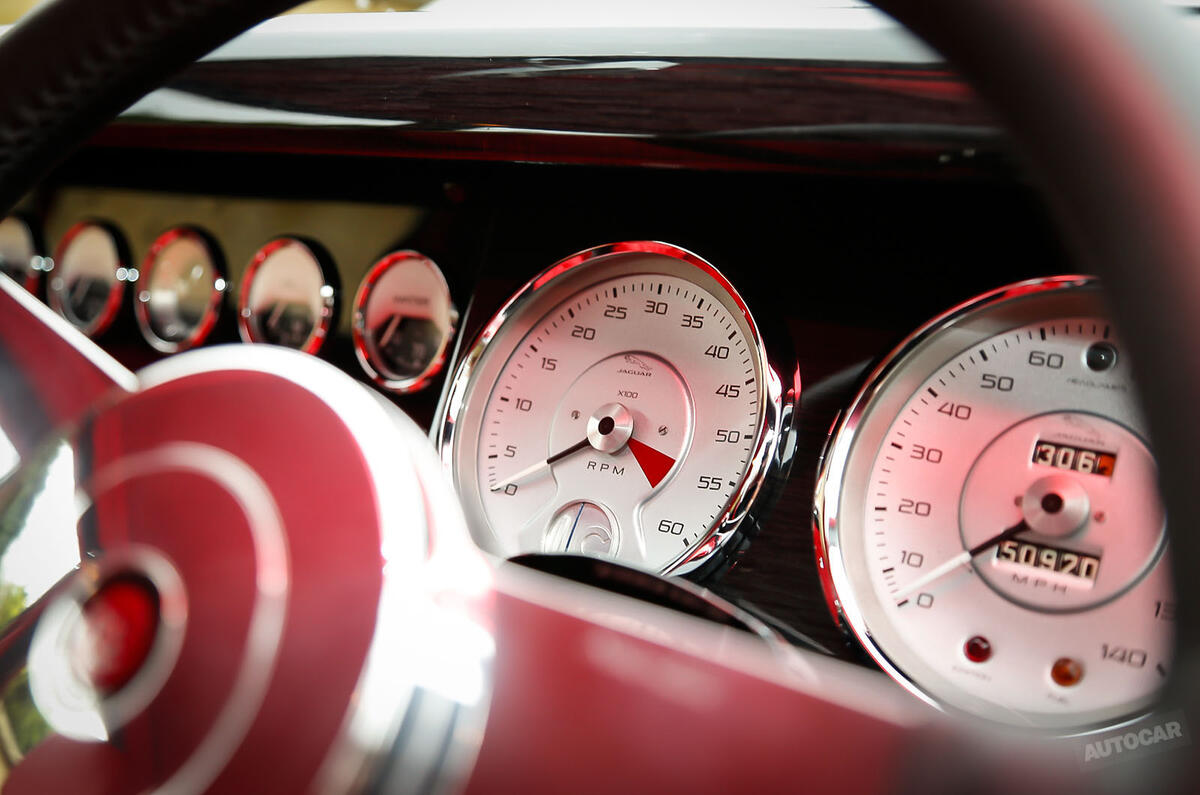
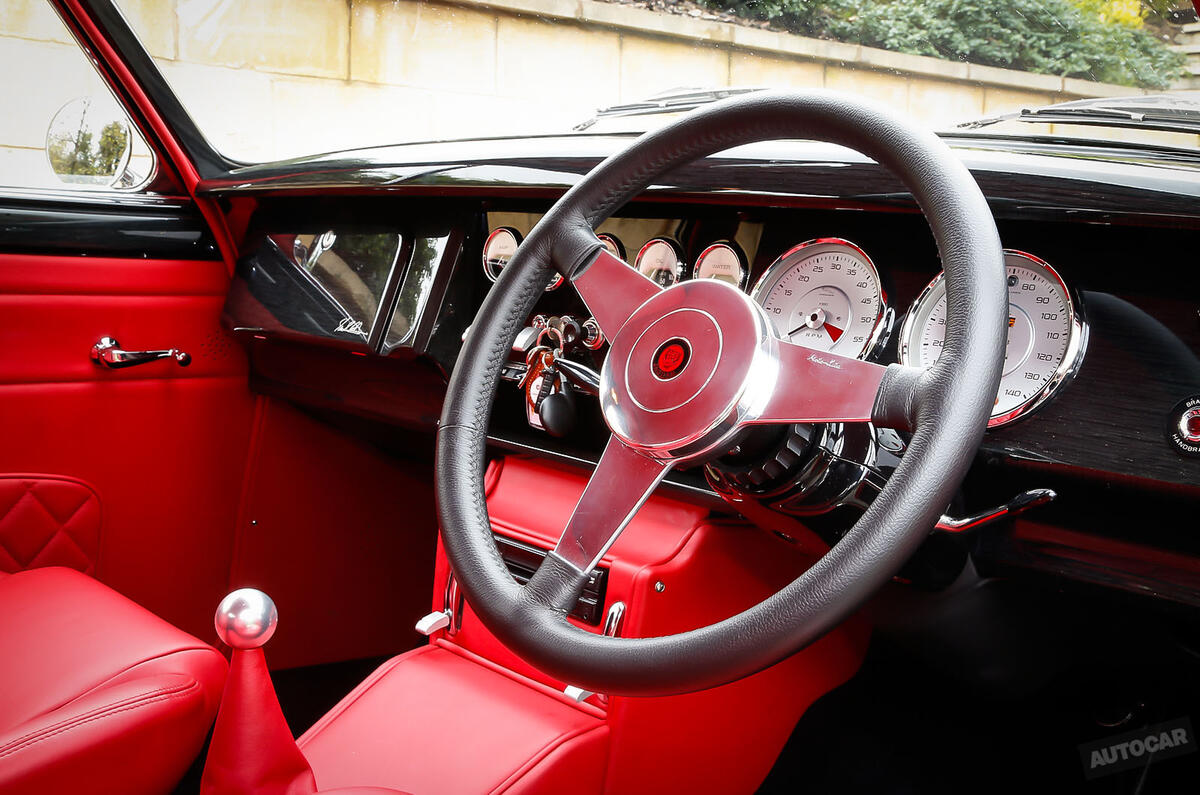
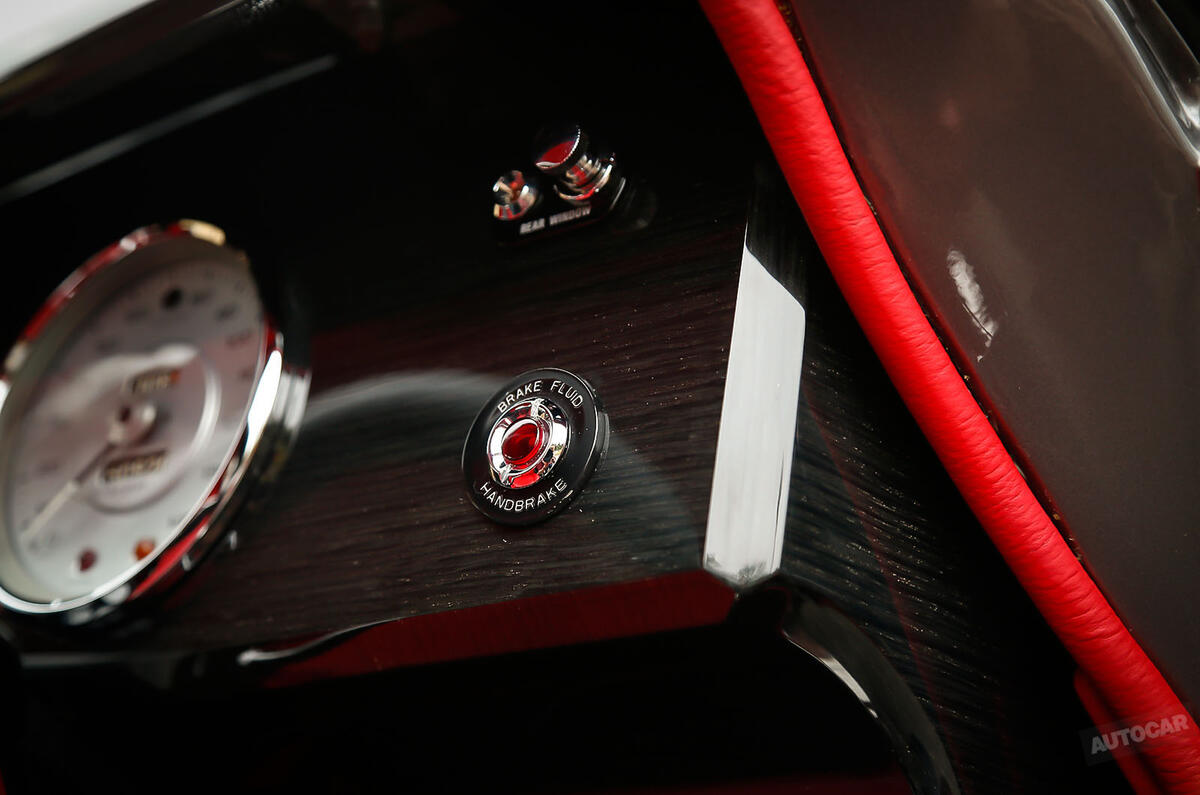
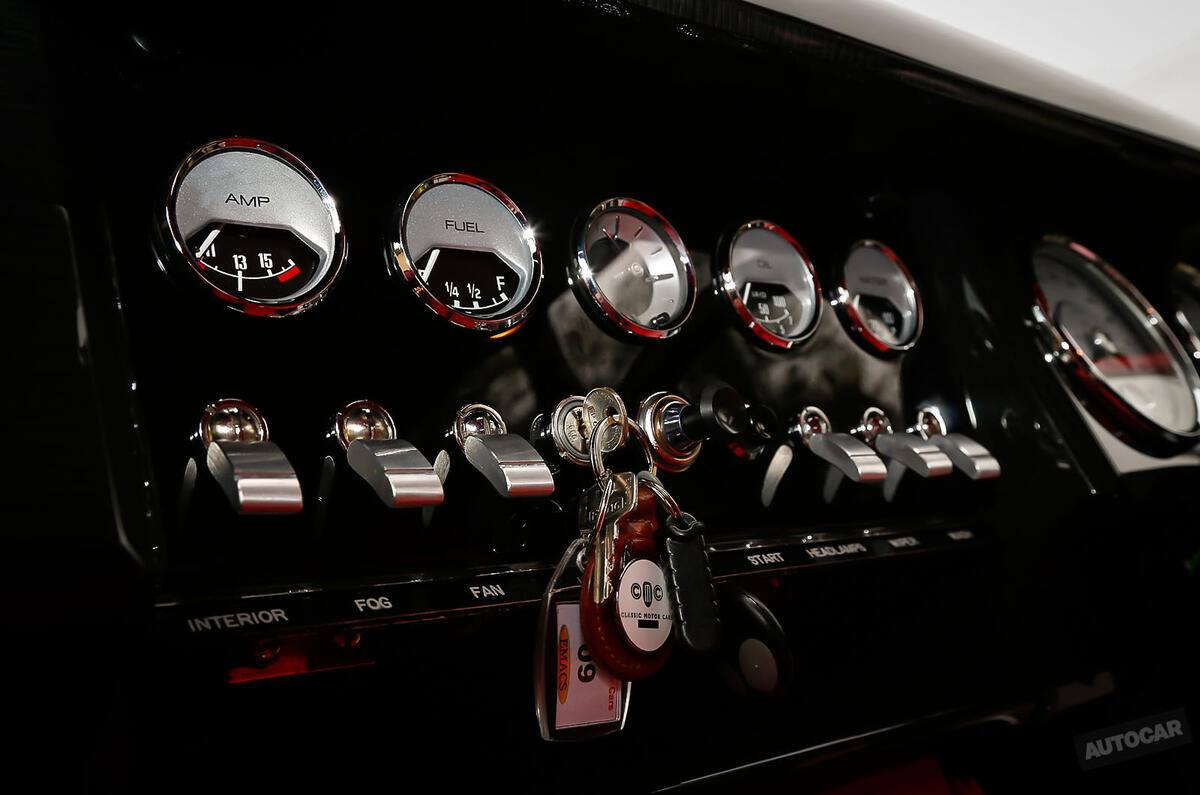
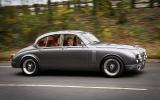
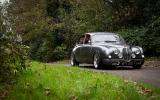
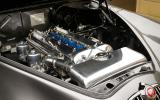


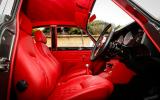
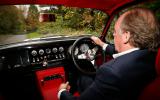

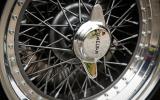
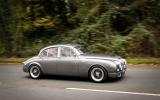
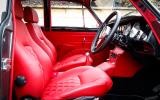
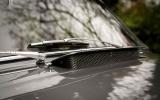
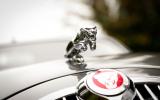

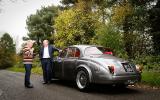

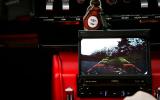
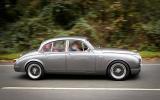
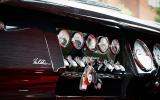
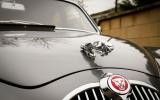
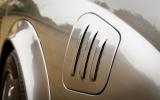


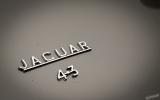

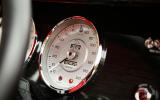
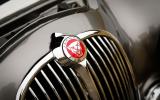
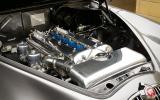
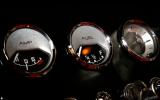


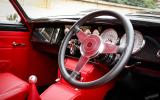
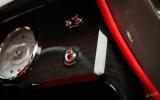
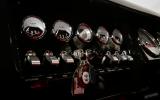



Join the debate
Add your comment
Dear Mr Callum Please note
Please note the correct use and orientation of the leaper on this vehicle.
Thankyou.
Infinitely better looking
His car, his money, his